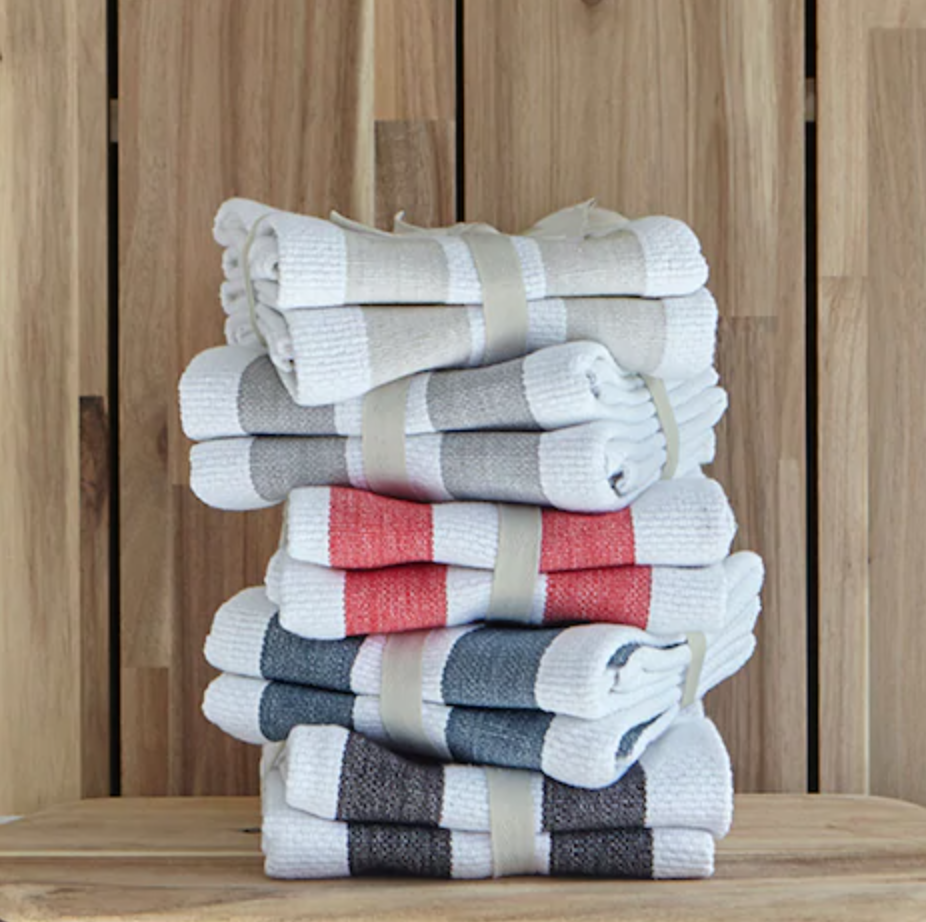How to grocery shop efficiently and make the most of your haul, according to an expert
Looking for more of the best deals, latest celebrity news and hottest trends? Sign up for Yahoo Lifestyle Canada’s newsletter.

Yahoo Lifestyle Canada is committed to finding you the best products at the best prices. We may receive a share from purchases made via links on this page. Pricing and availability are subject to change.
Like many aspects of our lives, the way that we grocery shop has completely changed since the beginning of the coronavirus pandemic. Although things are starting to slowly return to normal, parts of the country still have a long road ahead of us as we embrace the new norm.
That means continuing with less frequent shopping trips, changing the way that we plan meals and often rethinking what we keep in stock in our pantries. It can certainly be a challenge to adapt, especially if you were used to stopping by the store throughout the week or relying on takeout meals for convenience.
In an effort to help shed some light on how we can all make our trips to the grocery store more efficient, we chatted with Corby-Sue Neumann, head chef at HelloFresh to share her expertise. She also shared some of her top tips for reducing food waste and making the most of the ingredients we do purchase between shopping trips.
Approach your weekly shop with intention
The CDC recommends limiting trips to the grocery store and pharmacy except for “when you absolutely need to,” which often translates to a single large shop once every one to two weeks. It can be daunting to try to find everything you need without any preparation, which is why Neumann recommends the tried and true grocery list.
“Honestly, I know it sounds like 1985 called, but really a shopping list is such a great place to start,” she says. “Just get what you need.”
Whether you choose to go the old-school pen and paper route or a shopping list on your phone, sticking to a list will help reduce your time spent wandering through the store, as well as saving money spent purchasing unnecessary items.

Start a prep list once you get home
“What I’ve actually done is really [started] to think about my ingredients not just on a daily or weekly basis but on a two to four week basis,” Neumann admits.
That means taking the time to prepare your food once you arrive home from the grocery store in order to preserve their freshness and make sure that you use them before they go bad.
For example, Neumann recommends washing herbs and leafy greens, then storing them wrapped in a paper towel or tea towel to stay fresh. Root vegetables can be peeled, roasted, and frozen ahead of time to cut down on food prep on busy weeknights, and fresh veggies can easily be pickled in order to extend their shelf life.
Once prepared, storing food in airtight glass or plastic containers also slows down the decomposition process, keeping food fresher, longer.
Think outside the box
Eventually, we’re all going to end up with a bunch of kale that loses its vibrance or a carrot that starts to go limp, but that doesn’t mean it’s reached the end of its life. Getting creative with the way that we use food results in delicious new recipes, and also less waste in the kitchen.
Soups are your friend when it comes to using up vegetables that are past their prime, Neumann suggests, and they’re easily able to be altered depending on whatever you happen to have on hand.
“Peel them, wash them, get an onion,” Neumann recommends. “What’s your favourite spice blend that you’ve got in the cupboard right now? If it’s a Moroccan spice rub, a dd a little bit of olive oil, sautée your onions, your Moroccan spice blend and add in your [vegetables]. Add some water, cook it and blend it, and you’ve got a [delicious] Moroccan soup.”
Leftover vegetable scraps and animal bones are also ideal ingredients to create delicious broths made from ingredients that would otherwise end up in the trash.
“I think a good rule of thumb is, ‘Would my Nana have done this?’” Neumann adds. “ Would she have thrown this with her garbage? No she wouldn’t have, so what would she have done? I try and harken back to a more simple time.”
Ready to get started on saving time and money in the kitchen? Shop some of Neumann’s top food-savings picks below.
Standard Baggu
SHOP IT: Baggu, $12
6 Pack Glass Containers
SHOP IT: Amazon, $26
Bernardin 750ml Wide Mouth Jars, 9-Pack
SHOP IT: Amazon, $14
Industrial Stripe Basketweave Kitchen Accessories
SHOP IT: Linen Chest, $13
Wayfair Basics Multi-Pot with Lid
SHOP IT: Wayfair, $62 (originally $141)
Let us know what you think by commenting below and tweeting @YahooStyleCA! Follow us on Twitter and Instagram and sign up for our newsletter.








